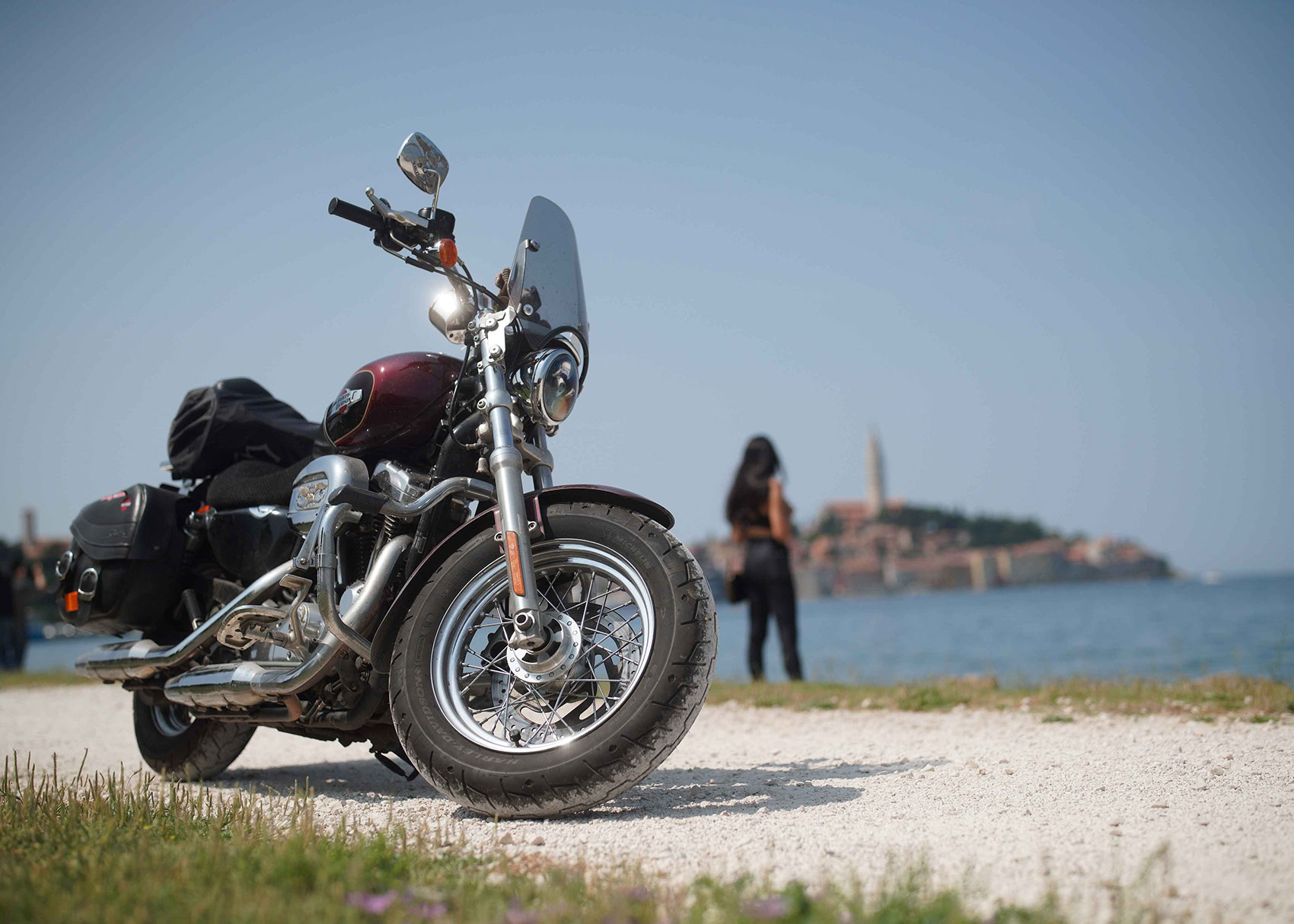
Sounding off about wind noise
Wind rushing under your wheels and around your head is one of the greatest sensations when riding a motorcycle, but it’s also a reason many of us no longer hear so well
Words by John Sandberg
As motorcyclists, we’re exposed to sound levels that put us at a high risk for permanent hearing loss, just like operators of loud equipment, such as jackhammers and chainsaws, or heavy metal musicians (insert your favourite Metallica joke here). The bad news is that prolonged and repeated exposure is permanent and ongoing, meaning it will only get worse. The good news is that we can prevent it easily.
Damaging decibels
Prolonged exposure to loud noise damages our hearing by literally hammering the tiny hairs deep within our ears. These hairs vibrate in response to sound waves and convert the mechanical energy of sound into electrical impulses that are carried to the brain via the auditory nerve. We’re born with 16,000-20,000 of these sound-sensing hair cells. Once they’re damaged we suffer hearing loss and they don’t grow back. Noise-induced hearing loss is subtle, cumulative and permanent.
In fact, noise-induced hearing loss is the most common permanent and preventable occupational injury in the world. Most workplace hearing loss occurs not from a single loud sound event, but gradually over time due to prolonged and repeated exposure to elevated sound levels; the same kind of exposure that we experience as motorcyclists.
According to research, the louder the sound is, the shorter the time our ears can be safely exposed to it. Sound intensity is measured in decibels (dB), and its scale is logarithmic, which means a noise that registers at 70 dB (such as a vacuum cleaner) is 10 times louder than that of 60 dB – the sound level of a typical conversation between two people standing three feet apart.
Decades of study prove that permanent hearing loss can occur with eight hours of sustained exposure above 85 dB (an average lawn mower). When sound levels exceed 100 dB, permanent hearing loss can occur in just two hours. At 115 dB, the exposure time is reduced to 15 minutes. Here’s the kicker: riding a motorcycle at highway speeds typically exposes unmuffled ears to more than 100 dB. Depending upon speed, it can be as high as 110 dB.
While it’s true that exhaust, machine and road noise are the predominant sources of sound below 64km/h, the biggest source of noise that motorcyclists experience is wind rushing around us. This barrage of sound assaults our ears with everything from low-frequency vibrations to high-frequency whining.
Several equipment factors can attenuate the sound levels, notably fairings (which can direct wind around and over the rider) and helmets. However, some helmets and fairings make no change to sound levels, and some windscreens and helmets actually amplify wind noise due to buffeting and resonation.
The simple solution
The good news is that we can prevent wind-associated hearing loss easily and inexpensively by using simple foam earplugs. Available in a variety of styles and materials from any number of retailers, foam earplugs provide the maximum amount of sound reduction that riders need. Most foam earplugs carry a Noise Reduction Rating (NRR) of 30-32 dB, which is exactly the attenuation needed to bring the 105-110 dB sound of riding at highway speeds down to the 80 dB level that won’t damage hearing. Just as important, foam earplugs can be worn comfortably on their own or inside nearly all motorcycle helmets.
Some riders are sceptical about reducing ambient noise via earplugs. Their common refrain is that they won’t be able to hear their bike’s engine, surrounding traffic and other audible cues about what’s occurring in their riding environment. The fact is that earplugs don’t produce silence. Rather, they simply quiet the sounds that do reach you. Engine RPM, passing cars, horns, sirens and other audibles are still discernible while wearing earplugs. In fact, most riders agree that earplugs reduce background noise (e.g., wind) so well that they’re better able to hear/discern the sounds that truly matter.
A secondary benefit from wearing earplugs might even be more important than hearing preservation: reduced fatigue. Excessive and/or prolonged noise can elevate your heart rate, elicit fatigue and anxiety, increase muscle tension and blood pressure and intensify the likelihood of accidents.
Still sceptical? Try them on a ride, preferably one that lasts for at least an hour, then be the judge. More than just preserving your hearing, earplugs can help you to be a more relaxed, concentrated rider. That’s music to the ears of any motorcyclist who wants to make it safely to their destination.
Know the law
How’s this for a quandary – if we ride without earplugs we risk permanent damage to our hearing, but in some countries riding with earplugs risks breaking the law.
Most European countries do not prohibit or restrict earplugs while riding motorcycles; however, some countries do, which makes earplugs illegal, or casts them into the murky waters of lawful interpretation. For instance, in Spain earplugs are illegal when riding/driving on roads, as are earbuds, Bluetooth earpieces and headphones, so make sure you check on individual country restrictions before you travel.
Do you have a story or opinion about noise-induced hearing loss? If so, get in touch here.
Tags:
Read more tales from the Harley Owners Group!
Events calendar
Read on for details of rallies and events taking place around the world. More regional events to be announced soon – watch this space!
Croatian Sunshine
The 31st European H.O.G. Rally returned to celebrate under blue skies in Medulin from 12-15 June 2025
In the pink
Creative imaginations were let loose on a spectrum of Harley models, with the top entries showcased along the marina


